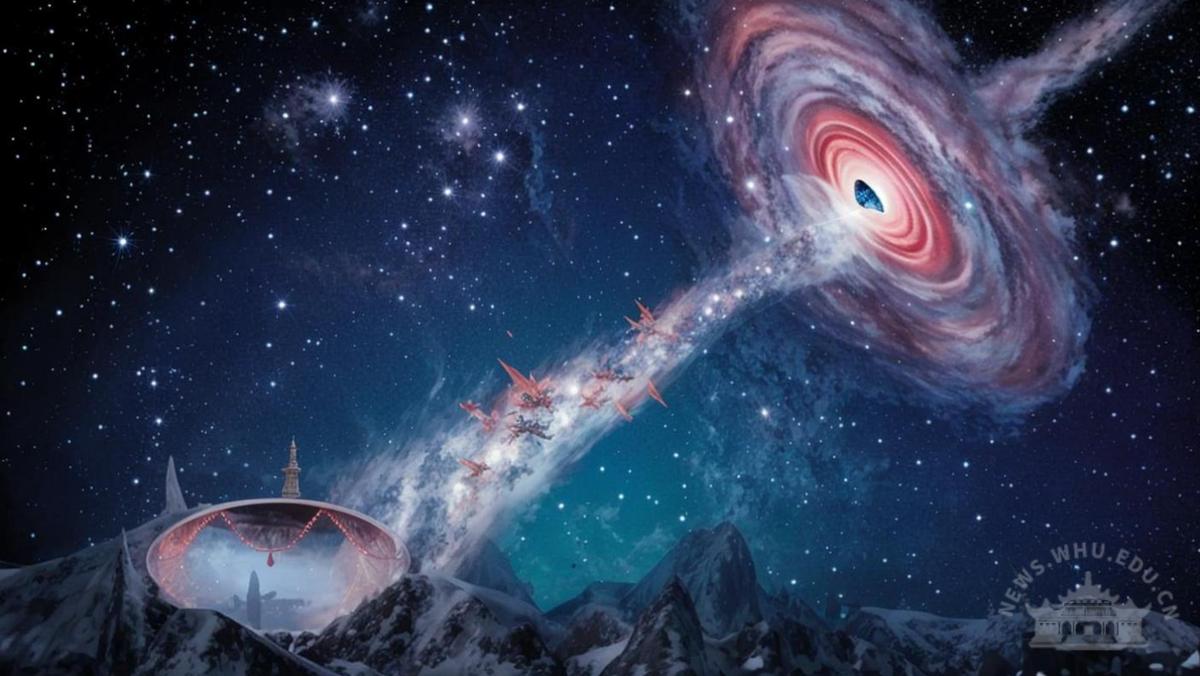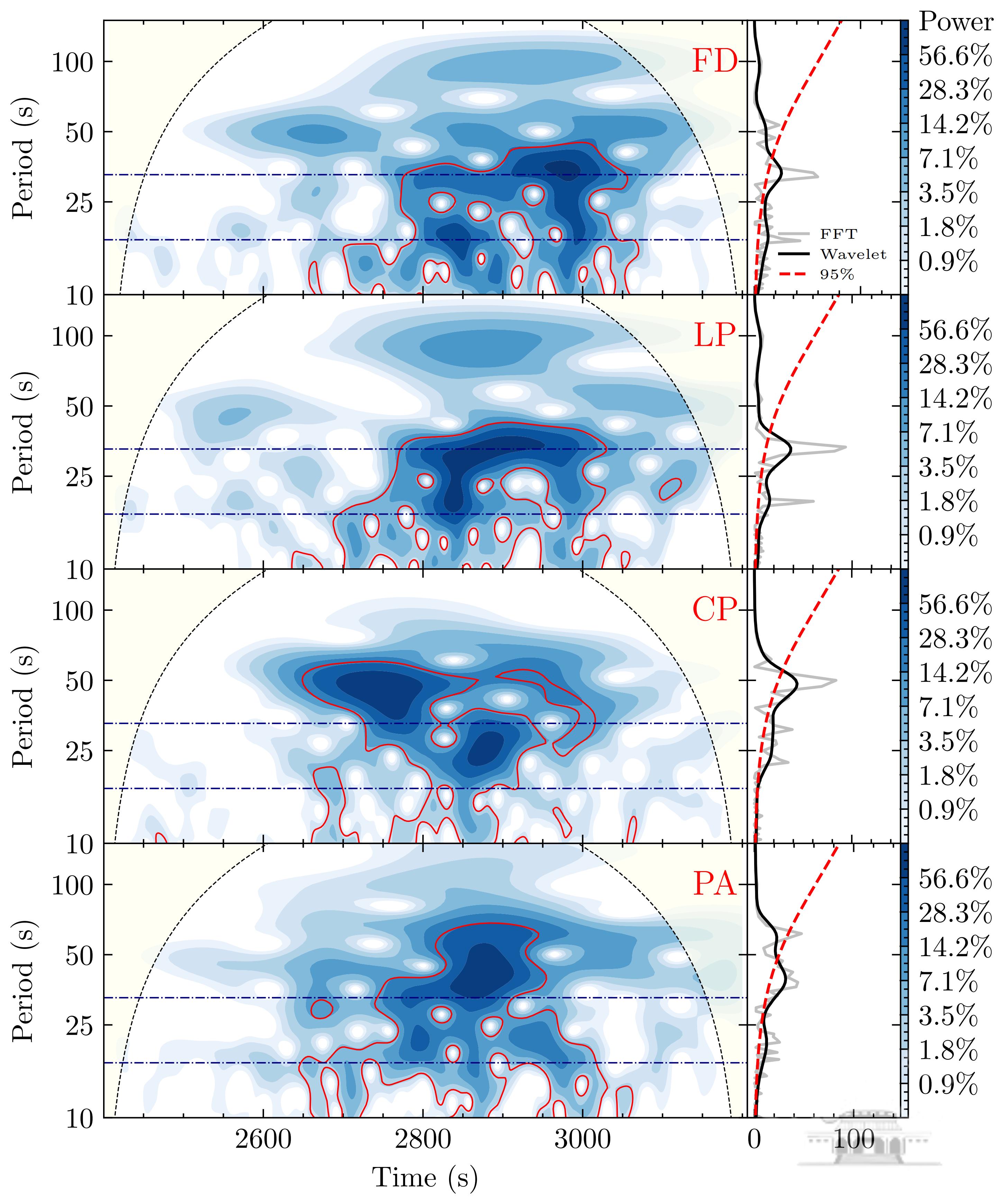Using China's FAST radio telescope, Professor Wang Wei's team at Wuhan University (WHU) became the first ever to observe quasi-periodic oscillations (QPOs) in the polarization of radio emissions from a black hole.
Published in Nature Communications on June 11, their study sheds new light on the magnetic field structure and plasma dynamics near black holes.

The quasi-periodic oscillation of radio polarization from a black hole was captured for the first time by China's FAST telescope.
Focusing on the Milky Way's stellar-mass black hole GRS 1915+105, the researchers observed 17- and 33-second oscillation periods in the linear polarization of radio waves during an outburst, lasting nearly 500 seconds. They also found an anti-correlation between total radio intensity and polarization – peaks in intensity matched troughs in polarization – offering fresh clues about black hole emission mechanisms.

The black hole's radio emission shows quasi-periodic oscillations in total intensity (FD) and linear polarization (LP) with 17- and 33-second periods.
Led by Professor Wang Wei of WHU's School of Physics and Technology, with co-first authors Chen Jiashi and Tian Pengfu, the team collaborated with experts from the Chinese Academy of Sciences, Peking University, Yunnan University, and the University of Nevada.
This breakthrough advances our understanding of black hole radiation and provides vital observational evidence of the complex physics at play near these enigmatic objects.